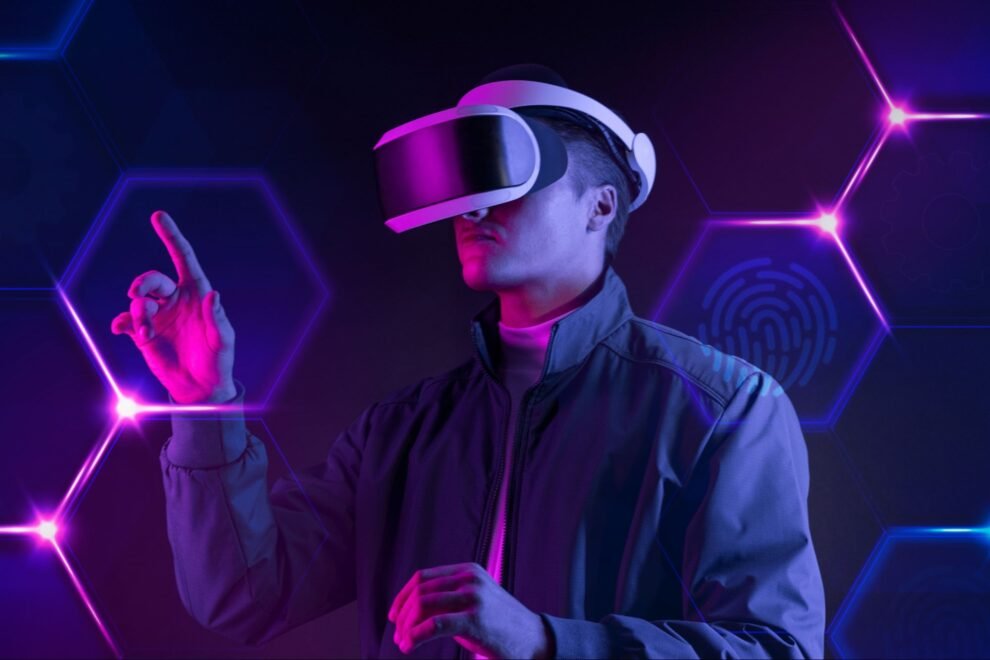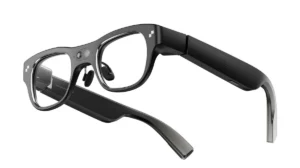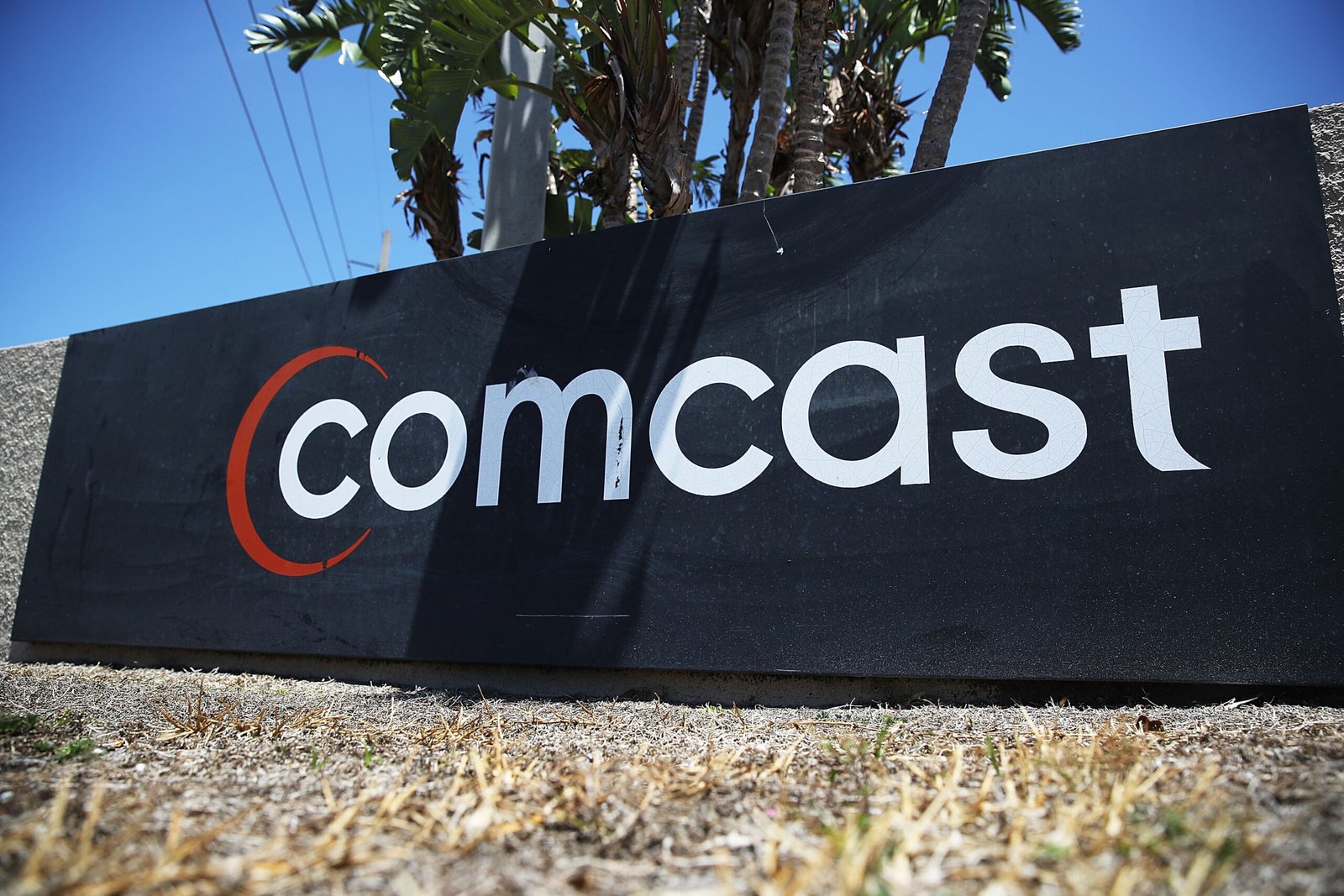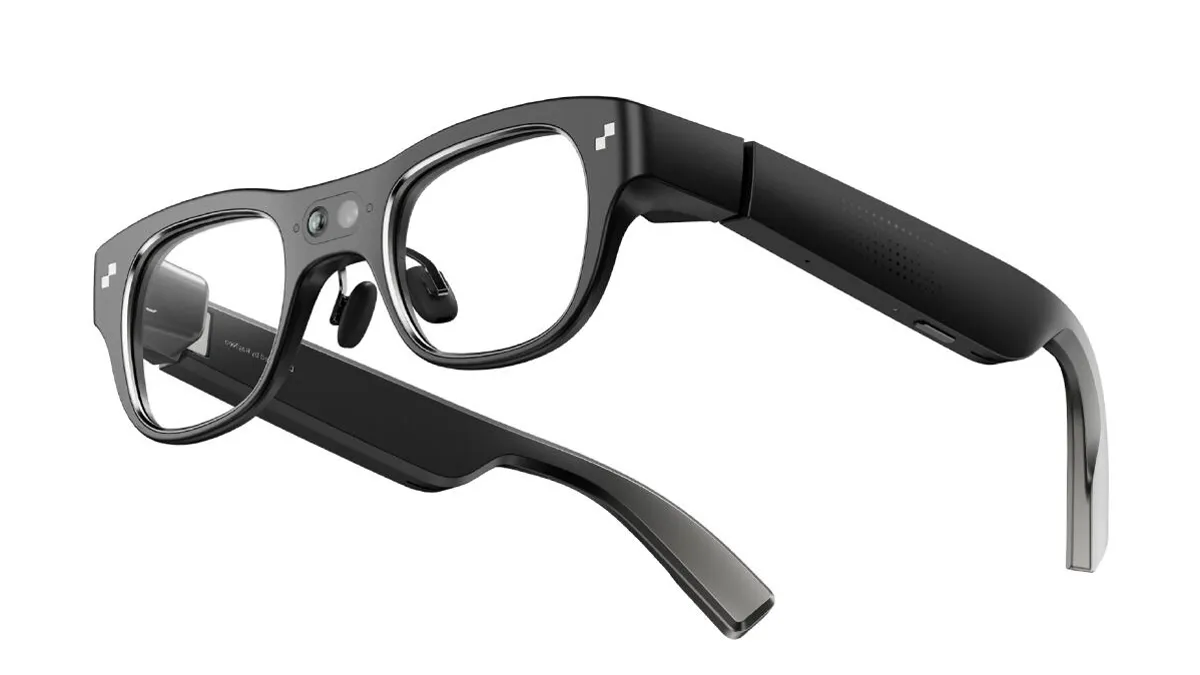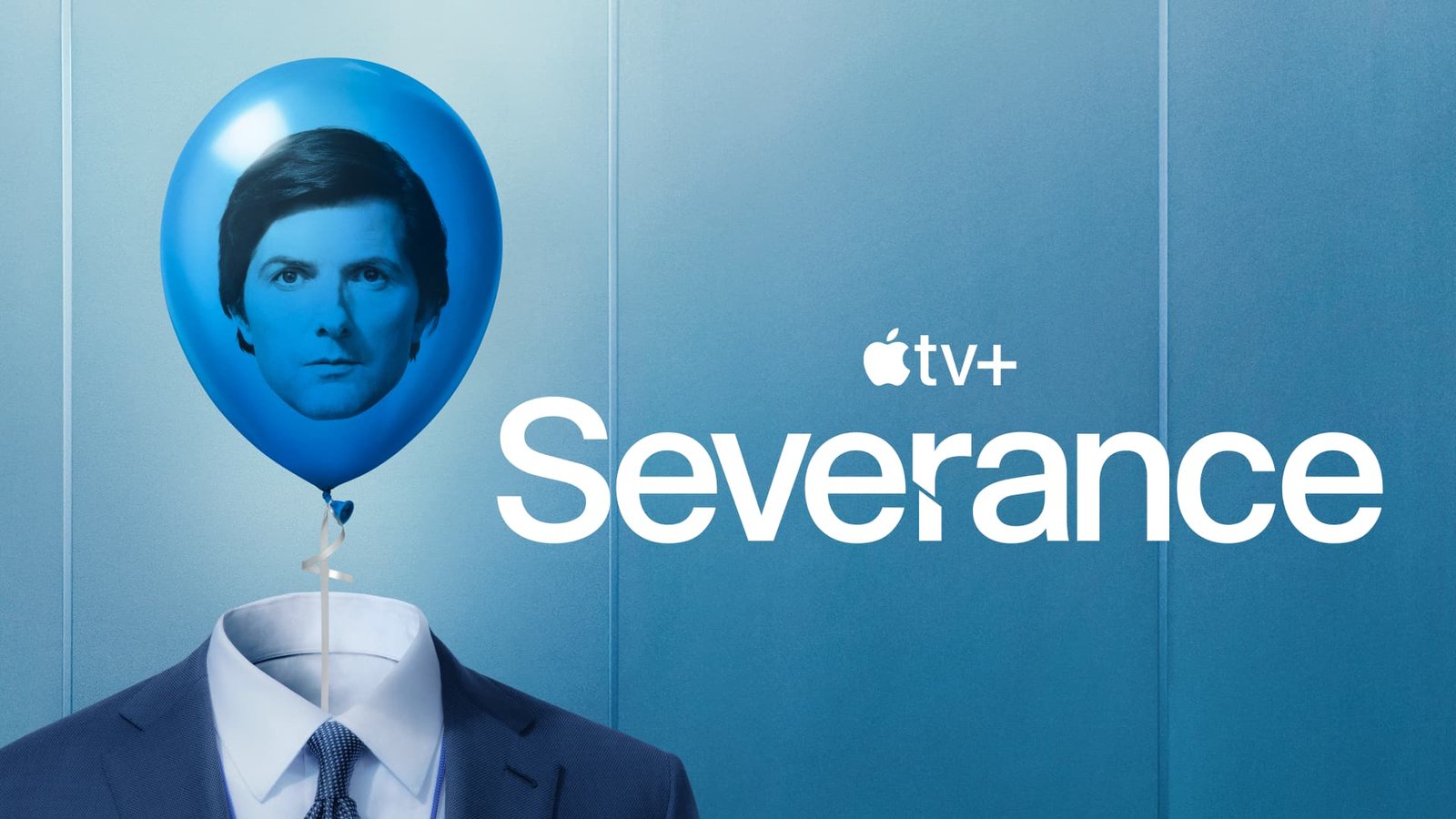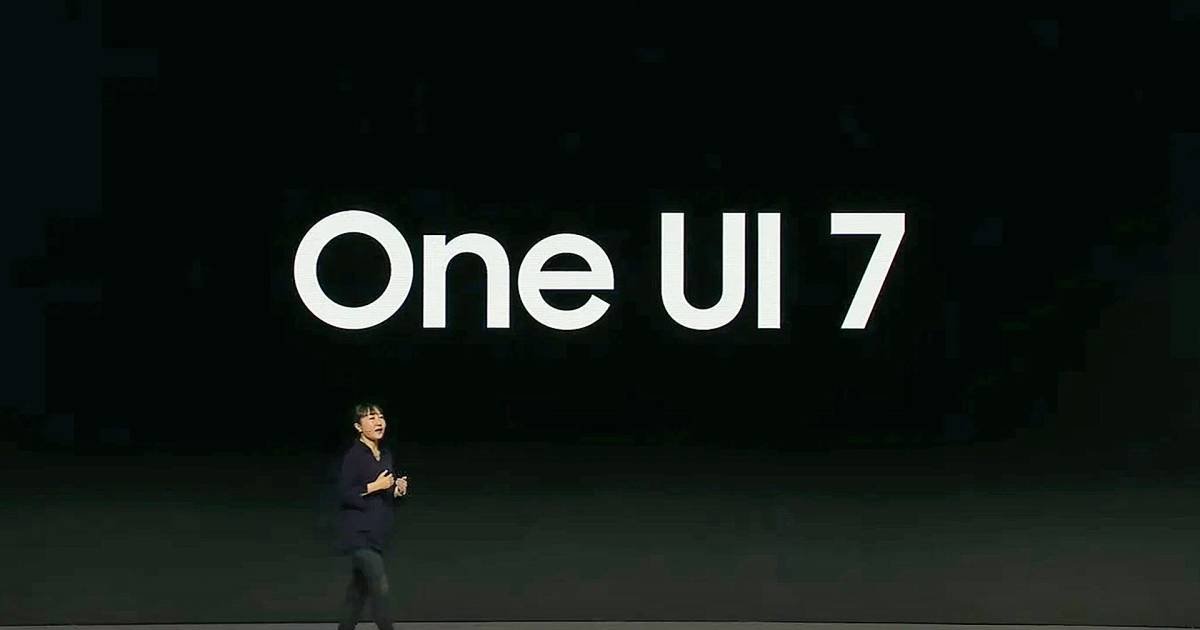In the realm of wearable technology, face computers, or head-mounted displays, represent a futuristic vision mired in contemporary challenges. The recent introduction of Apple’s Vision Pro, priced at a steep $3,500, has reignited discussions about the viability of these devices in everyday life.
Key Highlights:
- Apple introduces Vision Pro, a face computer akin to ski goggles.
- Despite high-quality visuals, public acceptance remains uncertain.
- Prior face computers from Google, Meta, and Snap faced similar hurdles.

The Evolution and Challenges of Face Computers
Face computers have evolved significantly since their inception. Early versions like Google Glass, despite initial excitement, faced backlash over privacy concerns and design aesthetics, leading to their eventual downfall. Similarly, virtual reality (VR) headsets, such as Oculus Rift and PlayStation VR, despite offering immersive experiences, struggled with issues like comfort, cost, and lack of compelling content.
Apple’s entry into this market with Vision Pro has been met with both anticipation and skepticism. The device’s high-resolution displays and advanced features like eye and hand gesture tracking are impressive, yet there’s uncertainty about its mass appeal, especially given its high price.
The Future of Wearable Technology
The trends in wearable technology point towards continued growth and innovation. As devices become more personalized, interconnected, and intuitive, their potential to enhance our daily lives is immense. The wearable tech market is evolving beyond a fad, shaping a future where digital and physical realities increasingly intersect.
Wearable Tech in the Workplace
The use of wearable technology in the workplace is on the rise, aiding in productivity, employee safety, and customer service. This trend is expected to grow, further integrating wearables into professional environments.
Behavioral Barriers and Market Trends
The biggest challenge for face computers lies not in their technology but in changing consumer behavior. People generally find wearing these devices cumbersome, leading to limited use and eventual abandonment. Sales of mixed reality and VR headsets fell 8.3% last year, indicating waning interest in the technology.
Apple’s reputation for transforming markets does offer a glimmer of hope. However, whether the Vision Pro can overcome the behavioral barriers that have hampered its predecessors remains to be seen.
Challenges for Face Computers
The Vision Pro and similar devices face significant hurdles in achieving mainstream popularity. Behavioral barriers, design aesthetics, privacy concerns, and cost are major factors affecting consumer acceptance. Overcoming these challenges is crucial for these devices to transcend niche markets.
Looking Ahead: The Future of Face Computers
As technology continues to advance, the potential for face computers in enhancing our daily lives is immense. From augmented reality applications to new forms of entertainment and work efficiency tools, the possibilities are endless. However, overcoming the existing challenges of design, cost, and public perception will be critical for these devices to move beyond niche markets and into the mainstream.
In conclusion, while the Vision Pro and similar devices herald a new era in technology, their success hinges on addressing the fundamental issues that have previously hindered the widespread adoption of face computers.

